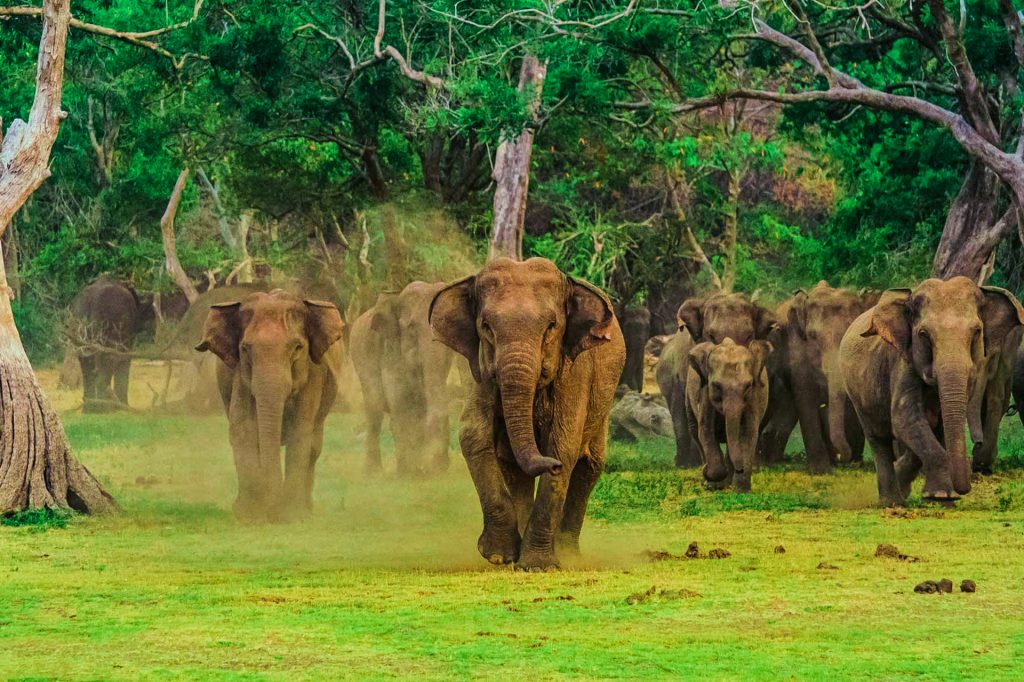
Wilpattu National Park
Wilpattu is located 180 kilometers north of the capital of Sri Lanka, Colombo, with native wild life within their habitats. And also, Wilpattuu is situated in the northwest of Sri Lanka, which is close to a UNESCO World Heritage Site, the Sacred City of Anuradhapura. Wilapattu is the oldest and largest national park in Sri Lanka. In 1905, Wilpattu was declared a sanctuary, and in February 1938, it was upgraded to a national park. Willpattu National Park is managed by the Department of Wildlife Conservation (DWC) in Sri Lanka, and it covers an area of 131,800 hectares.
Wilpattua National Park is one of the most recommended tourist destinations in Sri Lanka. The name of Wilpattu originates from Land of Lakes, meaning that it has some 40 seasonal or permanent lakes, known as Villu, rimmed by sand dunes or sandy plains.
As I mentioned earlier, Wilpattu is one of the main tourist destinations. You will be able to witness leopards, elephants, bears, deer, crocodiles, reptiles, and many other birds. And also, there are conditions when you are going on a safari for the safety of the tourists. Do not feed animals or take any material from the park. Observe strict silence at wildlife sightings during your wildlife safari; do not leave your vehicle, lean out of the window, or climb on the roof; only leave your vehicle in designated locations, such as Kumbuk Vila and Kudiramale; leave your footprints only; do not throw rubbish out of your vehicle; please take all the garbage back with you. Smoking inside the park is strictly prohibited; only 4 x 4 vehicles are allowed inside the park, and they have to maintain a maximum speed limit of 25 km/h. Slow driving enables you to observe small animals such as birds, reptiles, and mammals. Please ensure that your driver does not obstruct other vehicles or interfere with animal movement.